Museum voor Dierkunde
This 19th-century zoological collection has withstood the test of time.
In the 18th and 19th centuries, the growing ease of exploration and travel made it easier to study and transport animals from across the world. As a result, many zoos and zoological collections popped up all over the world, but not many have been preserved as well as the collection of KU Leuven.
The zoological collection of Leuven University dates back to 1817 when the city received a large building that was once used as student accommodation. This building was used by the growing university to house its departments, among which was the zoological department.
To compete with other international facilities, specimens were bought from neighboring countries, and expeditions were made to find more. Soon, Leuven’s zoological collection became on par with others around the world. Sadly, many of the specimens were damaged or even destroyed during World War II, when the building was hit by bombs. However, this did not deter the department from collecting and restoring what they could.
Today this unique collection is still available as it rests in the entrance hall of the zoological department. Its most striking exhibit is a skeleton of a whale that hangs over the rest of the collection.
Know Before You Go
Access to the museum is free, but it is only.open during work hours. Check the website for exact days and times, but typically it is from 8 a.m. to 5 p.m. on weekdays.

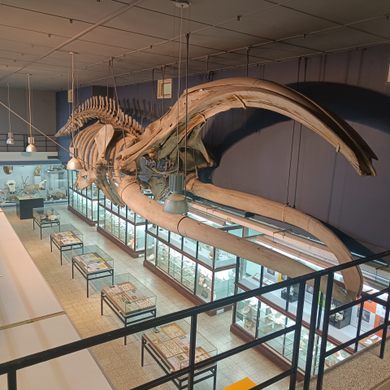
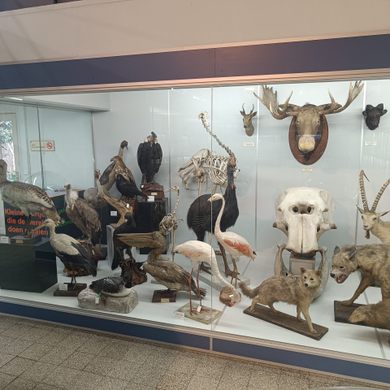
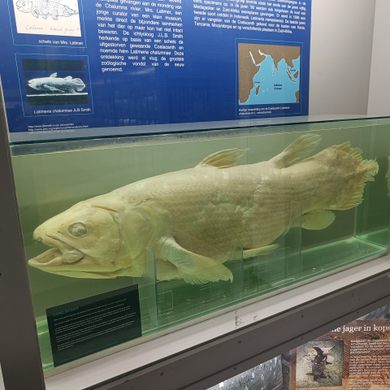
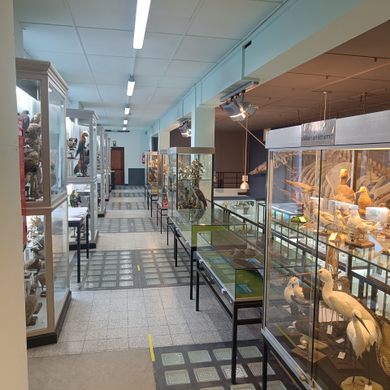



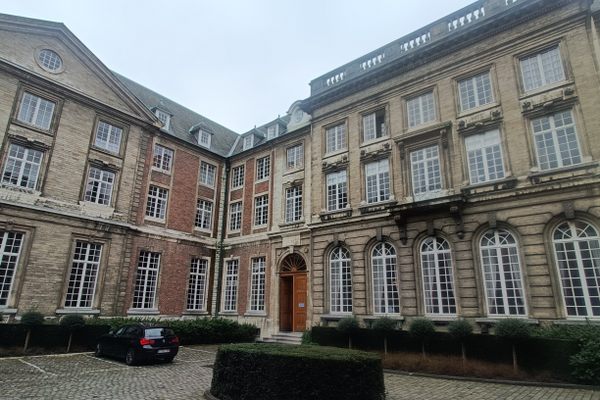
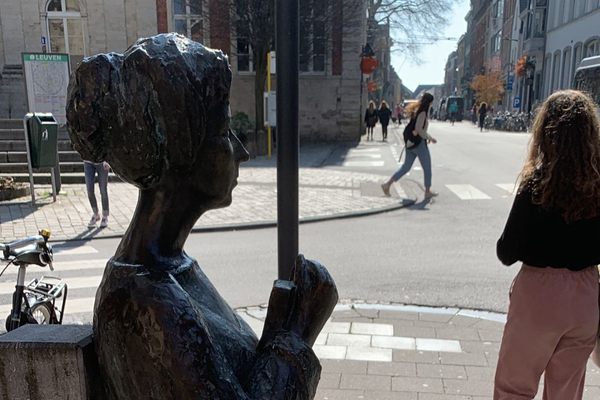
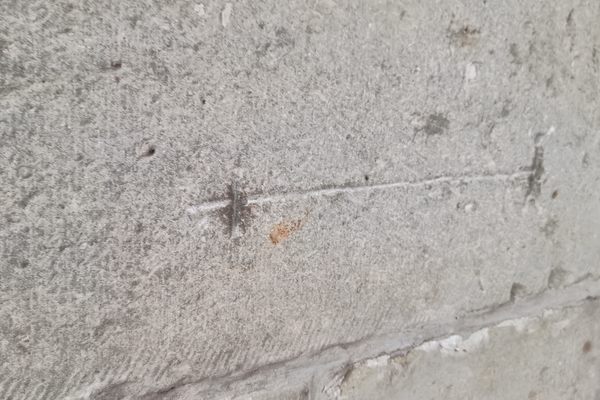
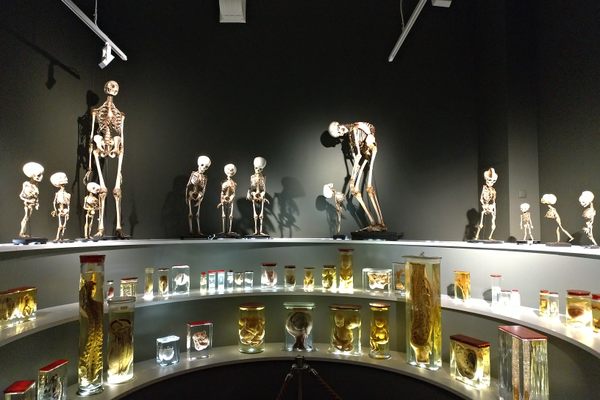

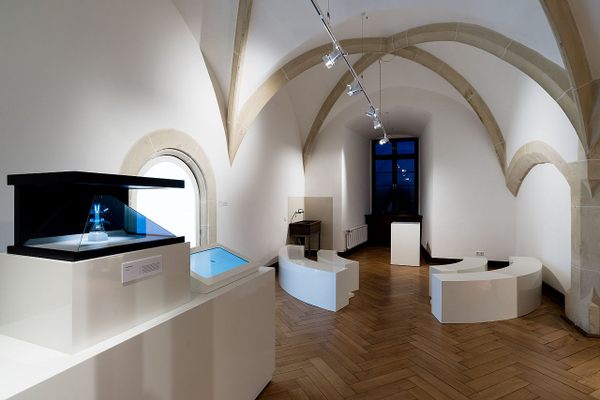


Follow us on Twitter to get the latest on the world's hidden wonders.
Like us on Facebook to get the latest on the world's hidden wonders.
Follow us on Twitter Like us on Facebook